

Citadelle
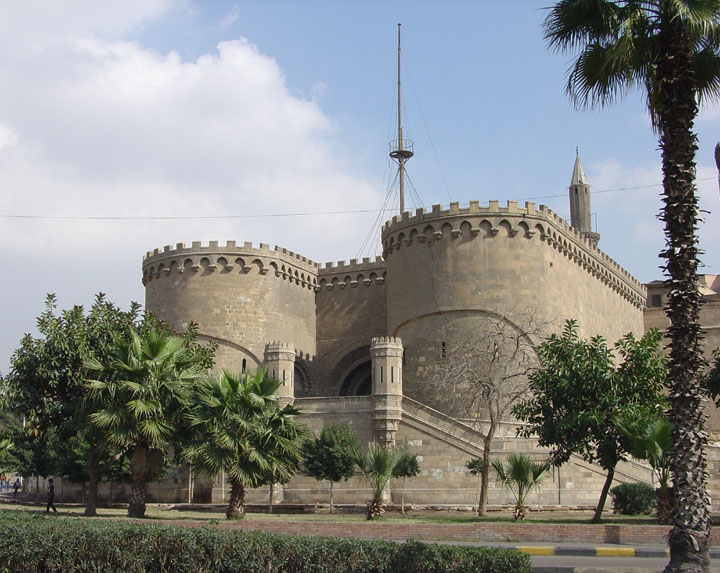
Bab al-Azab
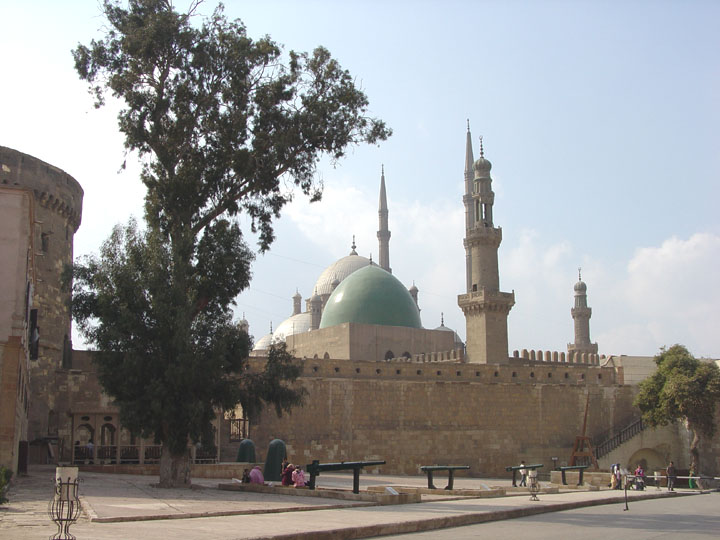
the Citadelle
One of the world’s greatest monuments to medieval warfare, the Citadel, located on a spur of limestone that had been detached from its parent Moqattam Hills by quarrying..

Saladin fortifications
The area where the Citadel is now located began it’s life not as a great
military base of operations, but as the “Dome of the Wind”, a pavilion created
in 810 b~ Hatim lbn Hartama, who was then governor and simply used the pavilion
for it~ view of Cairo. Between 1176 and 1183, Salah ad-Din (Saladin fortified
the area to protect it against attacks by the Crusaders, and since then, it has
never been without a military garrison.
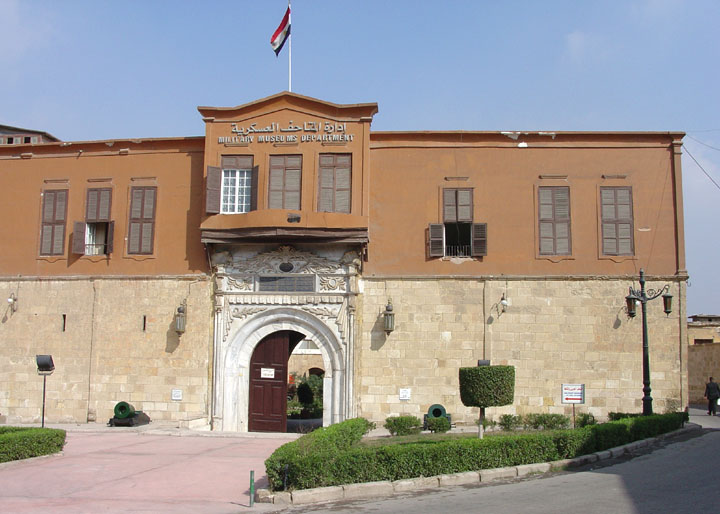
building of the military museum
in front of the National Military Museum
Originally it served as both a fortress and a royal city. He used the most modern fortress building techniques of that time to construct the original Citadel. Great, round towers were build protruding from the walls so thai defenders could direct flanking fire on those who might scale the walls. The walls themselves were ten meters (30 ft) high and three meters (10 ft) thick. Most of the fortification was built after Salah ad-Din’s rule, being added to by almost every invader including the British, some of whom destroyed much of what existed before them.
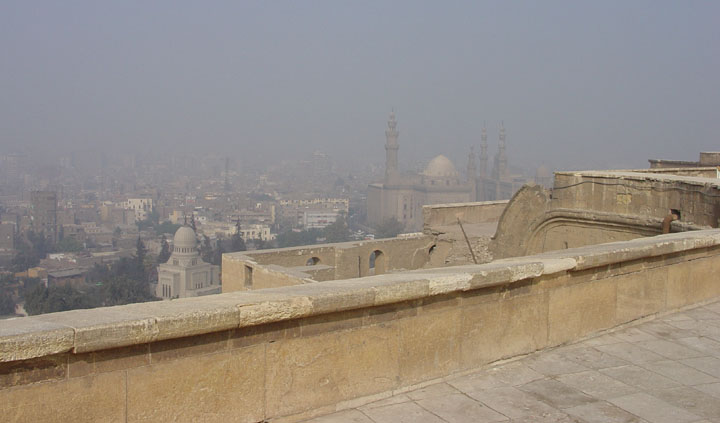
view of Cairo from the Citadelle

the Sultan Hassan Mosque as seen thru the haze from the Citadelle
After the death of Salah al-Din, his nephew, Al- Kamil, reinforced the Citadel by enlarging several of the towers around the perimeter of the walls. Ir 1218, upon the death of al-Kamil’s father, now Sultan al-Kamil moved his residence to the Citadel where he built his palace .When the Mameluks finally overthrew the Ayyubid rulers in 1250, their sultan Baybars alBunduqdari (1260-77) moved into al-Kamil’s palace. He isolated the palace compound by building a wall that divided the fortress into two separate enclosures. The area where the palace once stood is referred to as the Southern Enclosure, while the larger part of the Citadel proper is referred to as the Northern Enclosure.
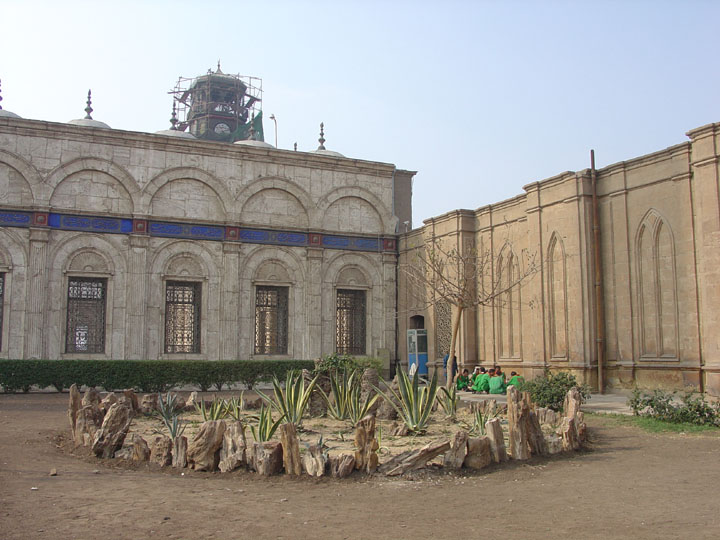
site of the martyrdom of the Mamluks
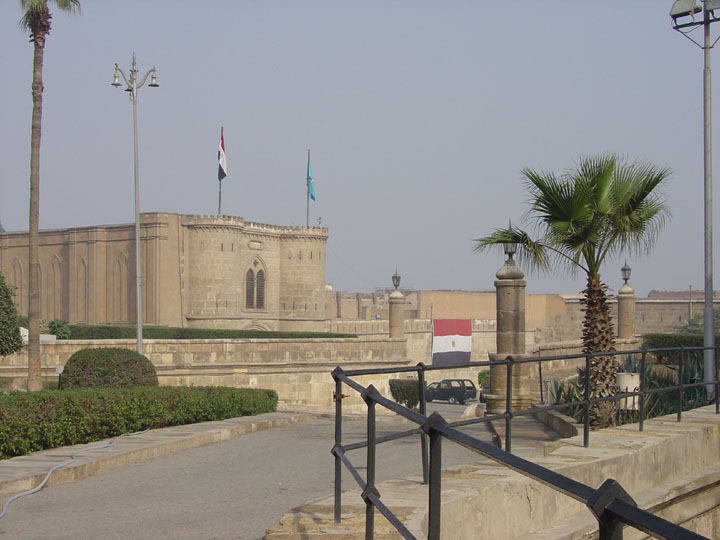
Southern Enclosure
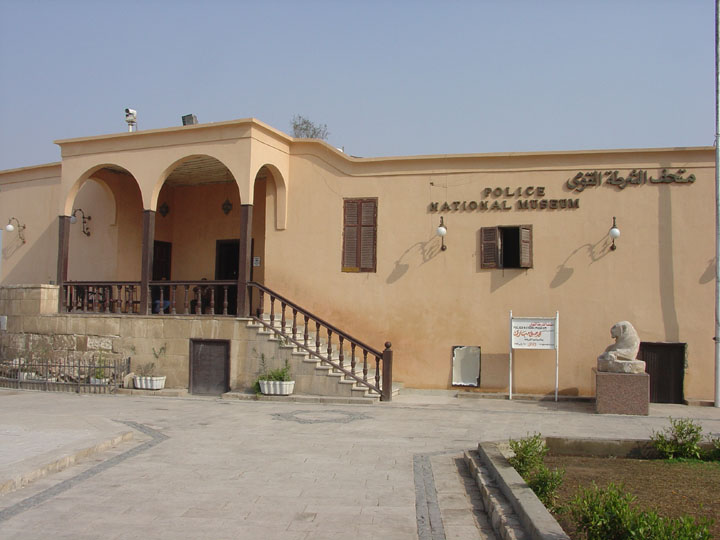
The Police Museum
(assignations room shows the various attempts on Nasser's life)
Mosque of An-Nasir Mohammed
a Manluk structure built in 1318
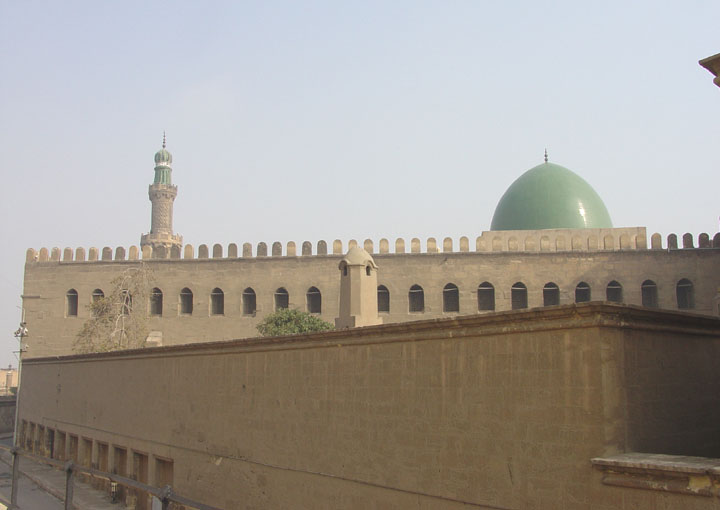
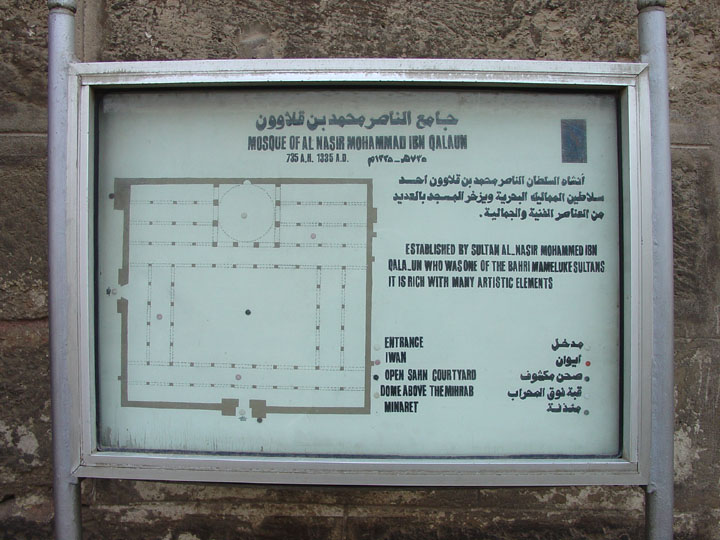
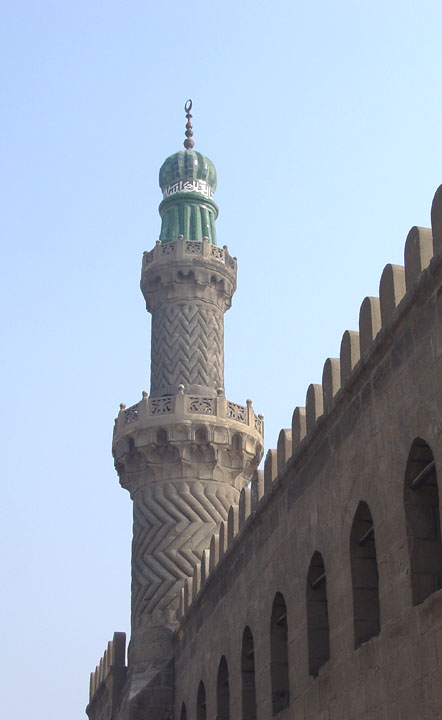
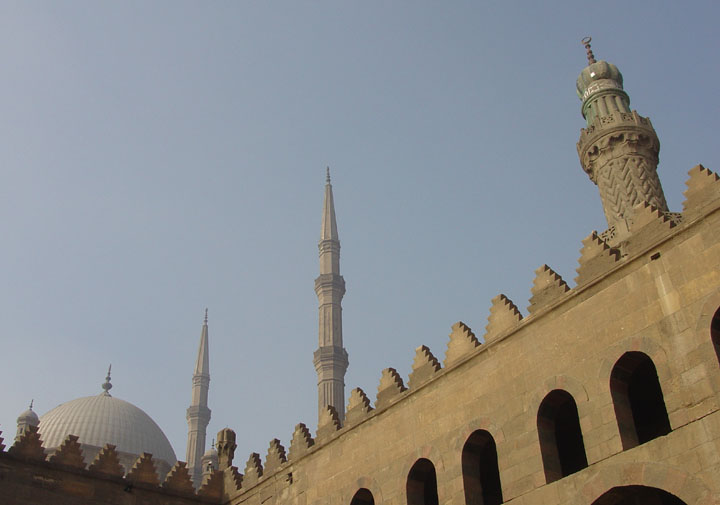
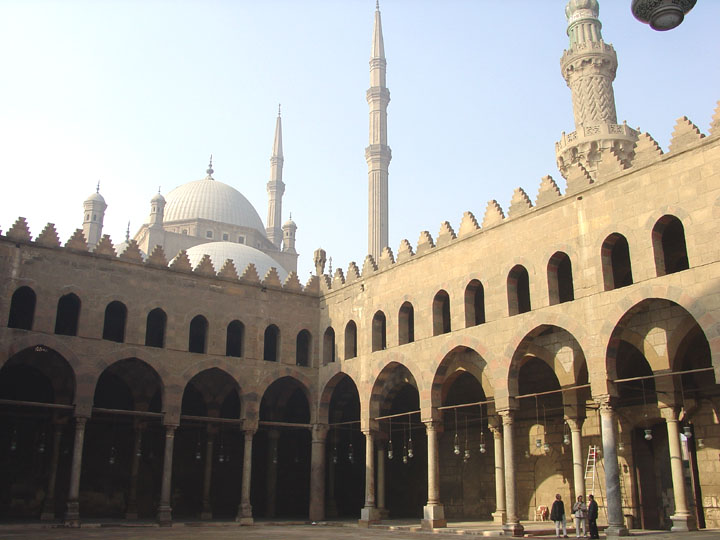
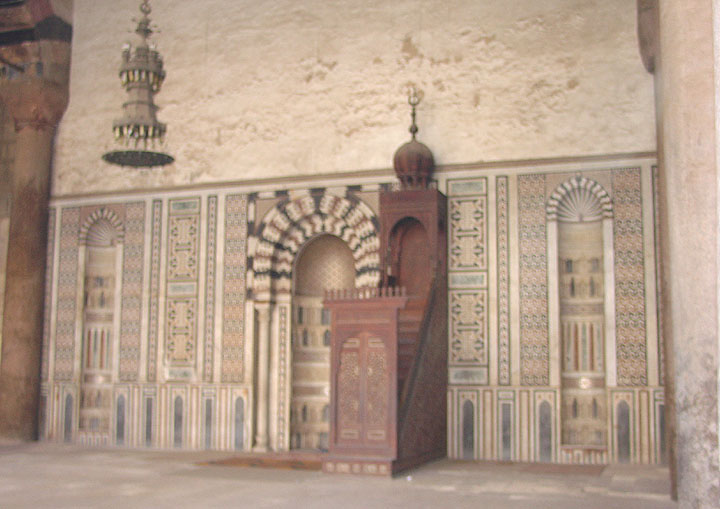
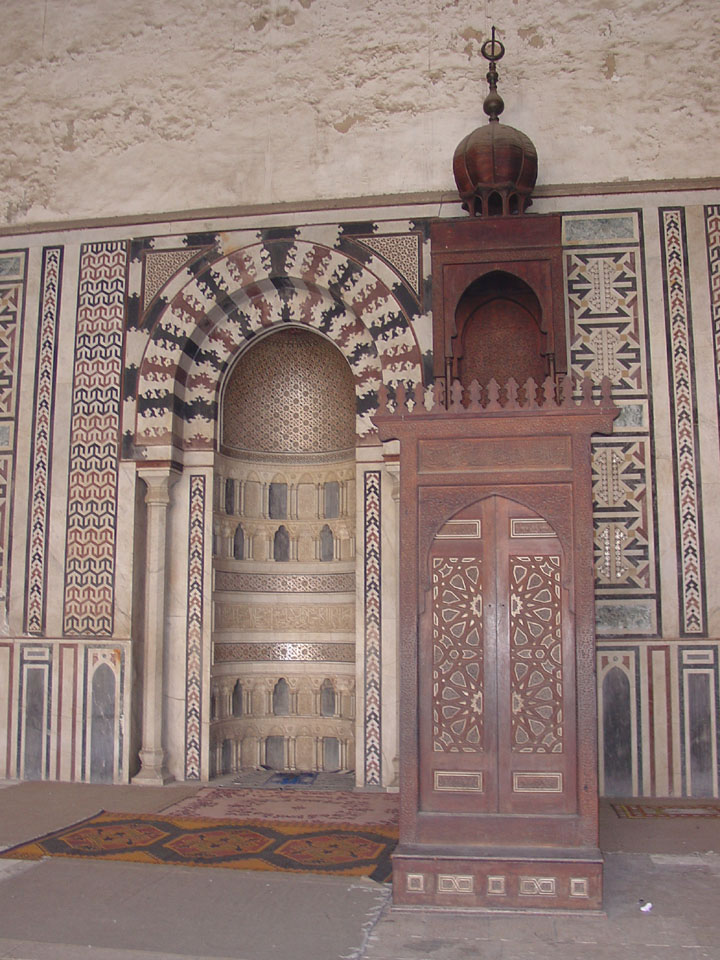

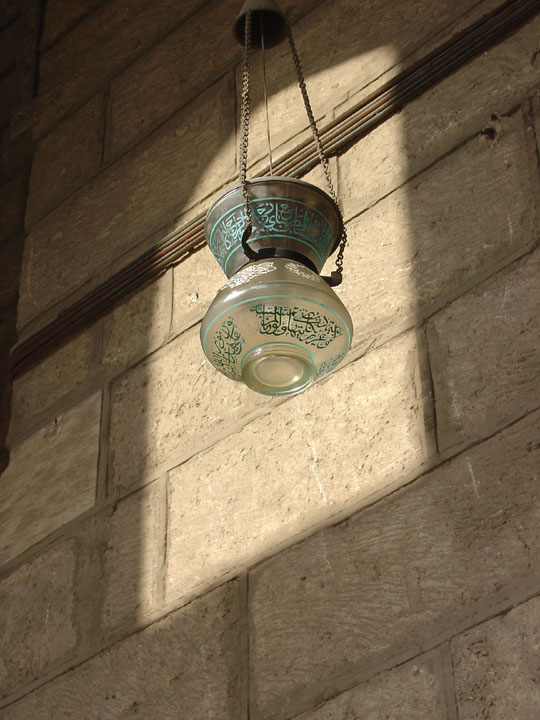
mosque lamp
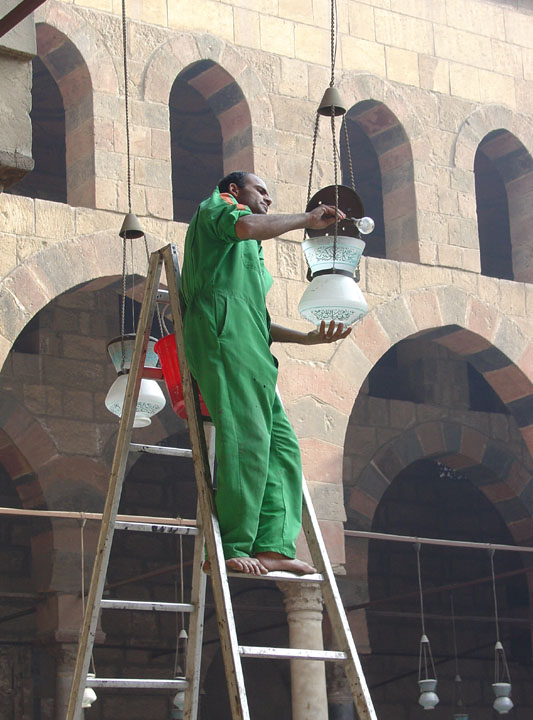
cleaning the lamps
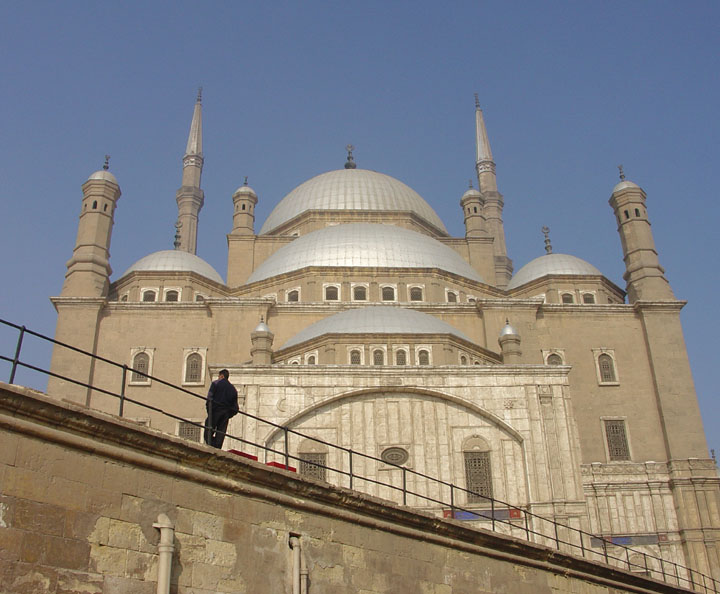
looking toward the Mohammed Ali Mosque
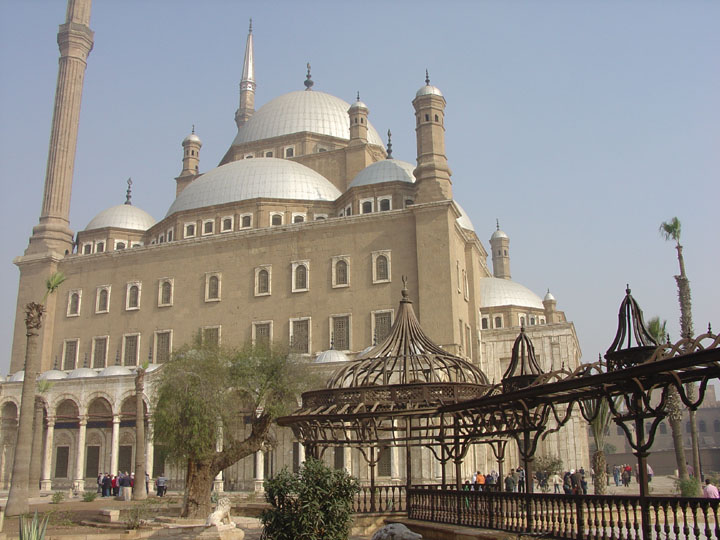
the Ottoman Mosque of Mohammed Ali
More Photos of the Mohammed Ali Mosque
However, much of what we see of the Citadel actually dates from the period of
the period the Ottomans controlled Egypt. The Ottoman Muhammad Al-Pasha, one of
the great builders of Modern Egypt, came to power in 1805, and was responsible
for considerable alteration and building within the Citadel. He rebuilt much of
the outer walls and replaced many of the decaying interior buildings. He also
reversed the roles of the Northern and Southern Enclosures, making the Northern
Enclosure his private domain, while the Southern Enclosure was opened to the
public.
Gawhara Palace
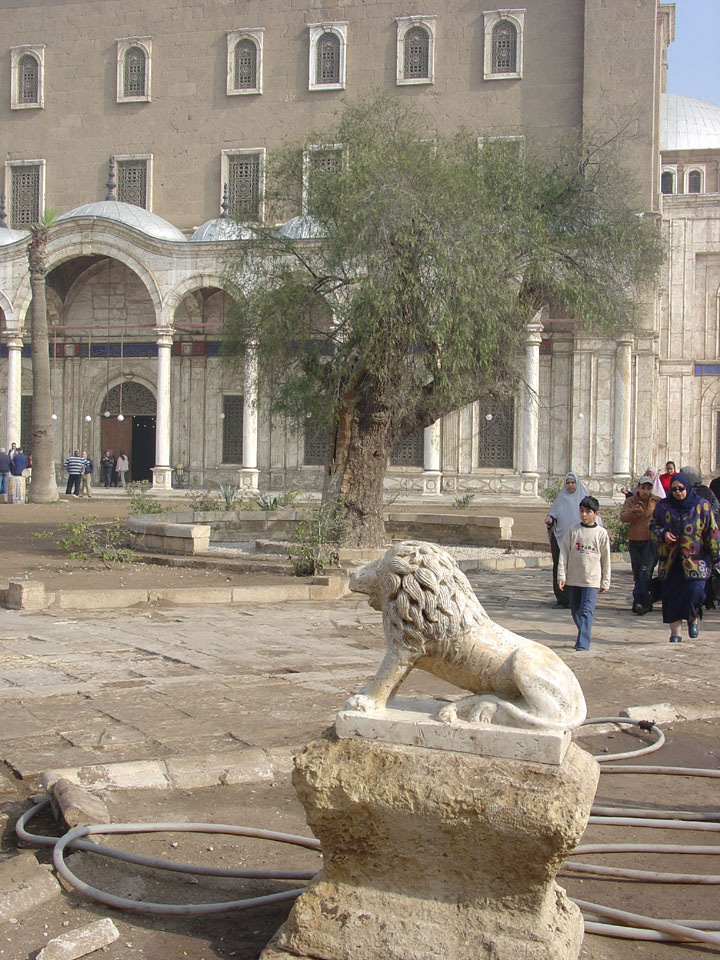
located looking at the Mohammed Ali Mosque
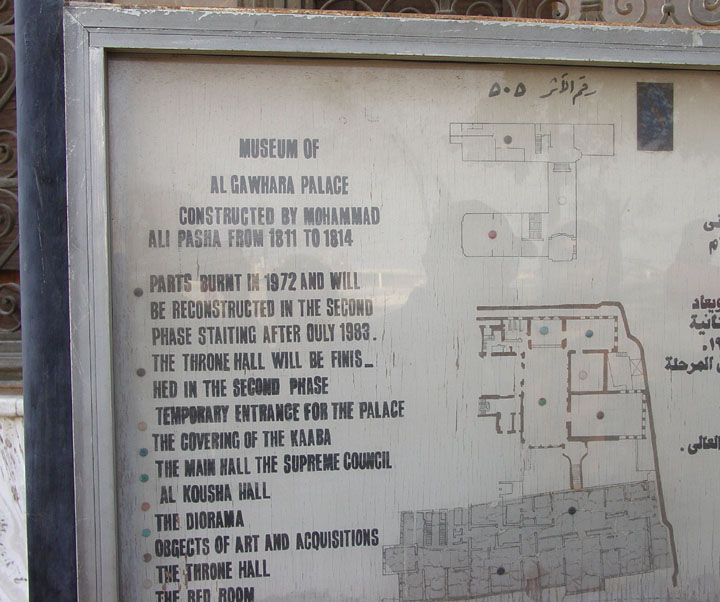
Gawhara Palace
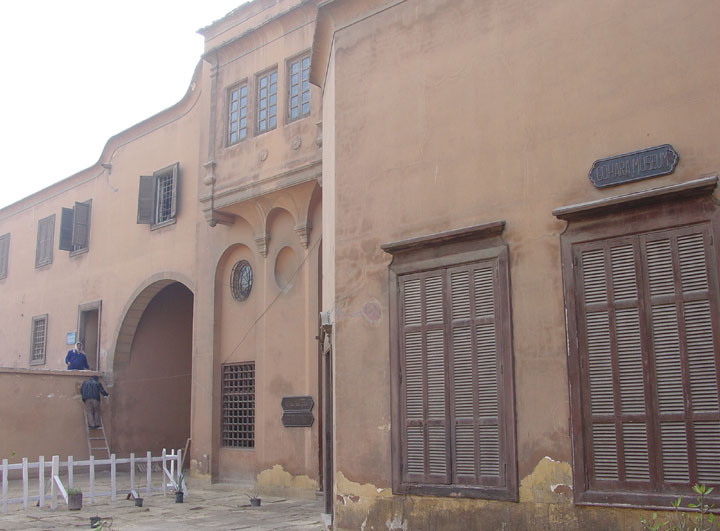
the entrance
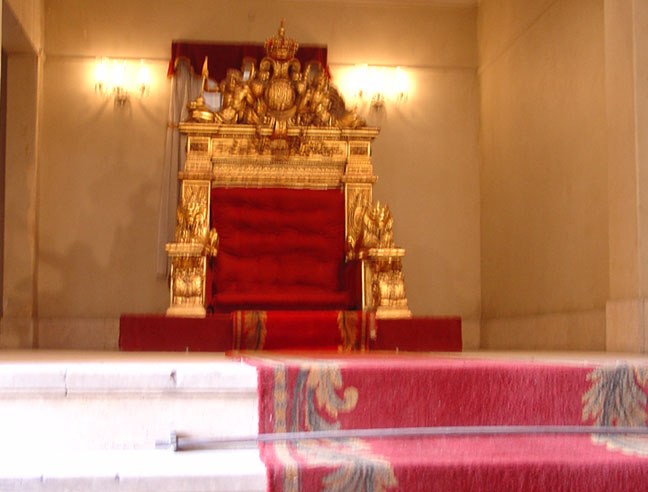
throne room
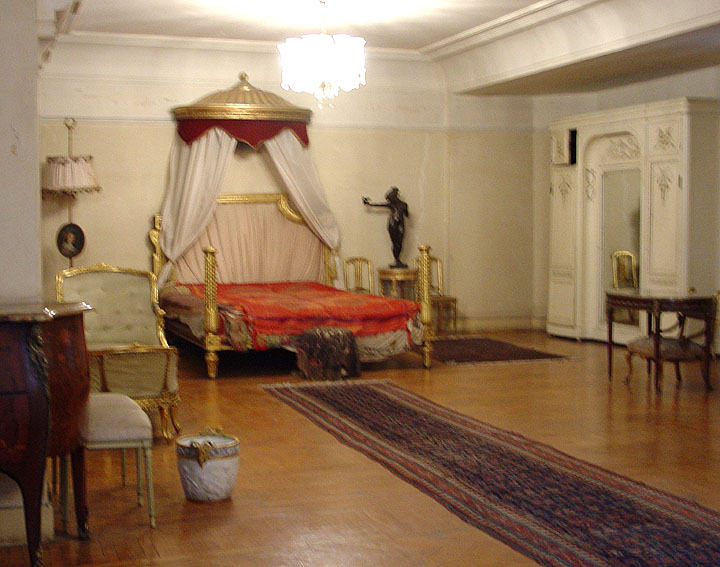
bedroom

skylight and ventilation
Northern Enclosure
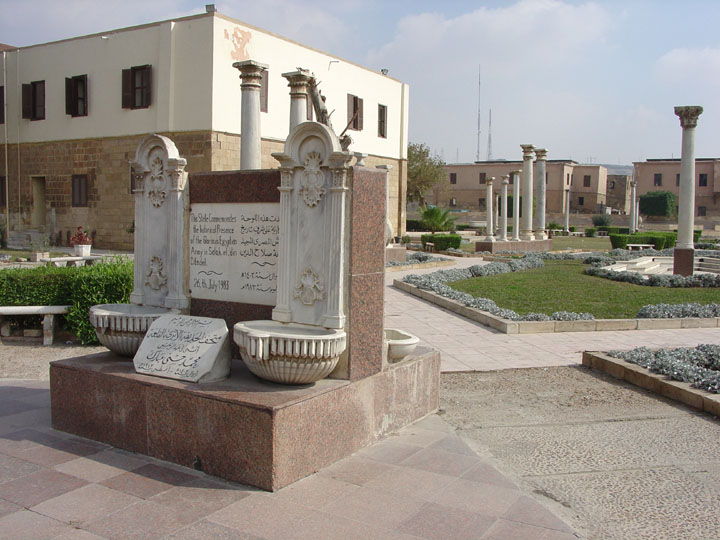
Northern Enclosure Garden
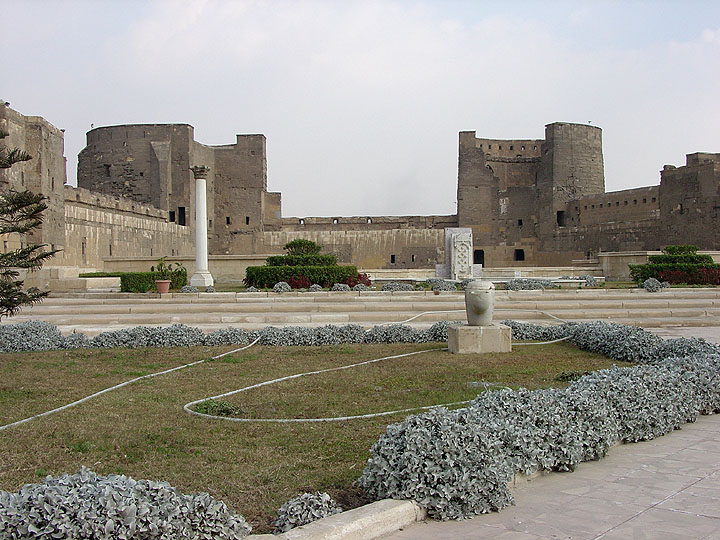
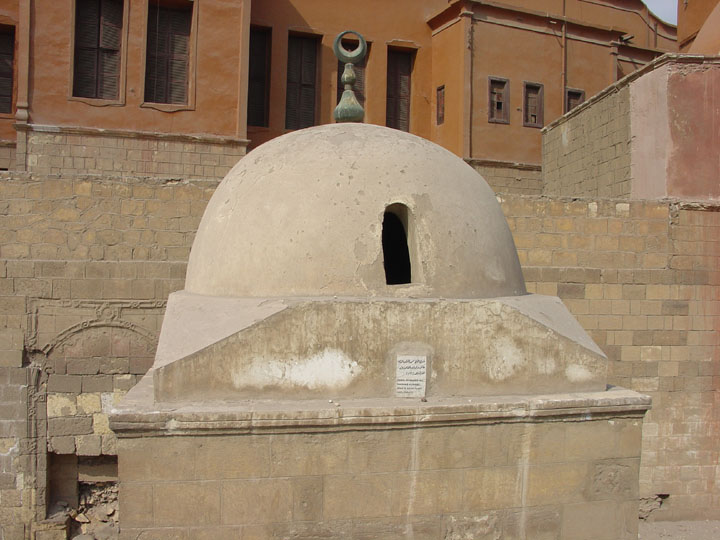
tomb of Sheikh Muhammad al-Kahki
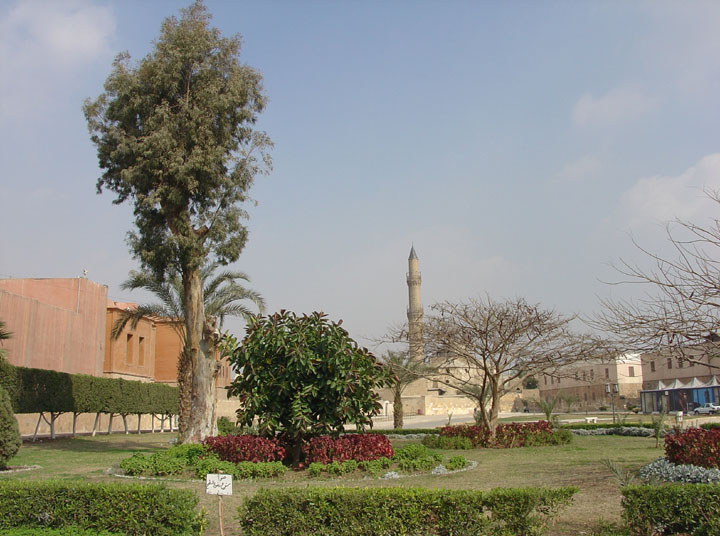
Mosque of Suleiman Pasha in the background
More Photos of the Mosque of Suleiman Pasha